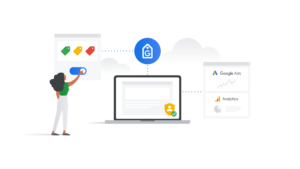Product & Market Fit
- Validate early retention: If your plugin’s early adoption is poor, pivot quickly – don’t rely on small fixes like extra notifications or minor feature tweaks.
- Choose high-retention categories: Build plugins in areas WordPress users engage with daily (analytics, SEO, security, e-commerce), rather than low-frequency use cases.
- Position against existing daily tools: If users already use a plugin daily, offer a slightly better (20% improved) alternative rather than trying to create entirely new workflows.
- Leverage timing: Launch plugins when there’s a market shift (e.g., new WordPress updates, privacy regulations like GDPR, or WooCommerce feature gaps).
Growth & Retention Strategy
- Focus on early adopters (“golden cohort”): Early WordPress users who discover your plugins organically are your best long-term customers – prioritize serving them well.
- Avoid chasing viral spikes: Don’t rely on temporary buzz (e.g., big traffic spikes from a WP forum post or Twitter mention) without retention; aim for steady growth.
- Expand revenue from existing users: Even if active usage drops, design upsells, premium add-ons, or renewals to increase customer lifetime value (LTV).
- Target relative retention: Understand your plugin’s natural use case – security plugins might be “set and forget,” while analytics plugins are checked daily. Market accordingly.
Churn Management
- Accept churn asymmetry: It’s very hard to re-win a lapsed plugin customer. Focus efforts on retention from the start, rather than trying to “win back” users later.
- Use network effects where possible: Build features that encourage collaboration or sharing (e.g., multi-user dashboards, client reporting tools) so current users bring others back.
Measurement & Iteration
- Measure retention properly: Look beyond installs – track daily/weekly/monthly active users, renewal rates, and seasonal trends (e.g., holiday dips in e-commerce plugin usage).
- Segment cohorts: Compare early organic buyers vs. later paid/discount buyers – expect retention to drop as you expand marketing channels.
- Test positioning and onboarding: Sometimes a plugin doesn’t need new features, but a clearer onboarding flow or better in-dashboard messaging.
Differentiation & Longevity
- Aim for “last mover advantage”: Often, the winning plugin isn’t the first, but the one that nails UX, onboarding, and pricing after others prove demand.
- Balance innovation vs. familiarity: Introduce fresh ideas, but keep workflows close enough to what WordPress users already know.
- Highlight privacy, speed, and simplicity: These are long-term differentiators in the WordPress ecosystem where bloated plugins dominate.




